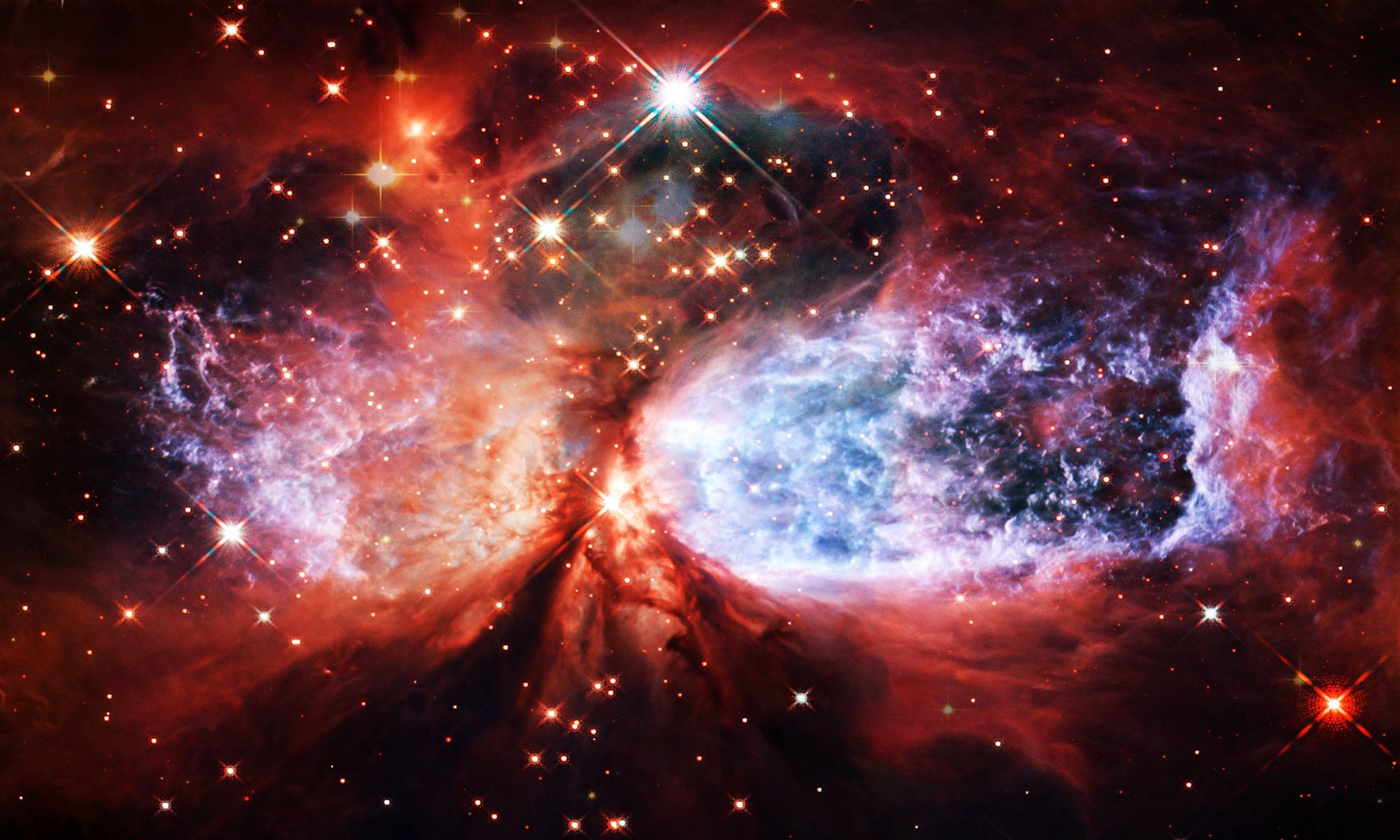UNIVERSE EXPANSION Rate Raises Concerns Among Scientists

Researchers have long been fascinated by the expansion rate of the universe, but recent measurements have only added to the mystery and heightened alarm within the scientific community. A new study published in the Astrophysical Journal Letters suggests that the standard model of cosmology may be missing something important.
Galaxies are moving apart at a higher rate than scientists had previously expected, leading many to wonder if the current theoretical framework can fully explain what's going on. Dan Scolnic, an associate professor of physics at Duke University and lead author of the study, says that "the tension now turns into a crisis."
The conflict arises when researchers compare how the universe looks at great distances with how it appears in our own cosmic neighborhood. Standard theories predict a slower rate of expansion than what local measurements show. Scolnic points to the difference between early snapshots of the universe and its present form, describing it as building a growth chart that doesn't match predictions.
To bridge the gaps in the "cosmic ladder" of distance measurements, scientists have used a technique called the Dark Energy Spectroscopic Instrument (DESI). Recently, DESI provided an extensive set of distances to galaxies, adding precision to the process. However, one crucial piece was missing: determining the distance to the Coma Cluster.
Scolnic and his team used light patterns from 12 Type Ia supernovae within the cluster to accurately measure its distance, sitting right in the middle of the distances other scientists had found over the past 40 years. This measurement serves as a solid anchor point, allowing the team to calculate a fresh value for the Hubble constant.
The updated number suggests that galaxies recede from each other per 3.26 million light-years of separation at a rate of 76.5 kilometers per second per megaparsec – closely aligning with other local measurements and confirming the universe's expansion rate is higher than predicted by standard models.
While some feel that the data is solid, leaving open the possibility that the underlying theory may need an adjustment, others remain cautious, preferring to test every step of the measurement process to rule out errors. As more powerful telescopes and innovative techniques come online, each fresh data set feeds the debate.
The research has significant implications for our understanding of the universe, potentially reshaping how we think about its expansion rate, dark energy, and other unknowns like dark matter. The cosmic story remains a work in progress, guided by measurements that continue to surpass expectations.
